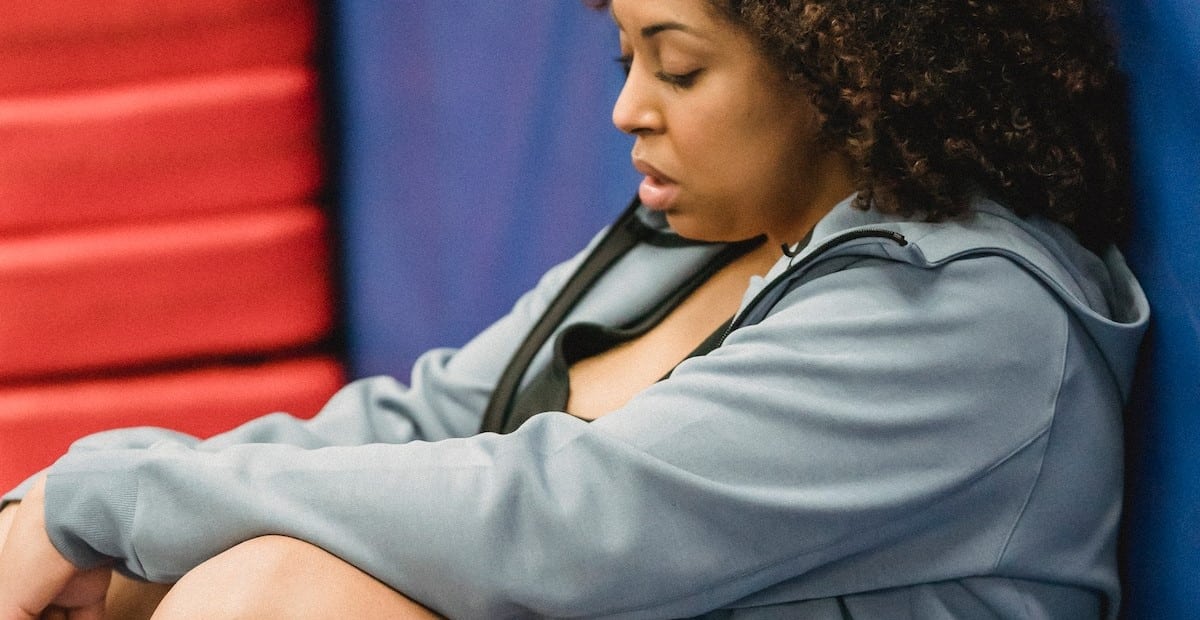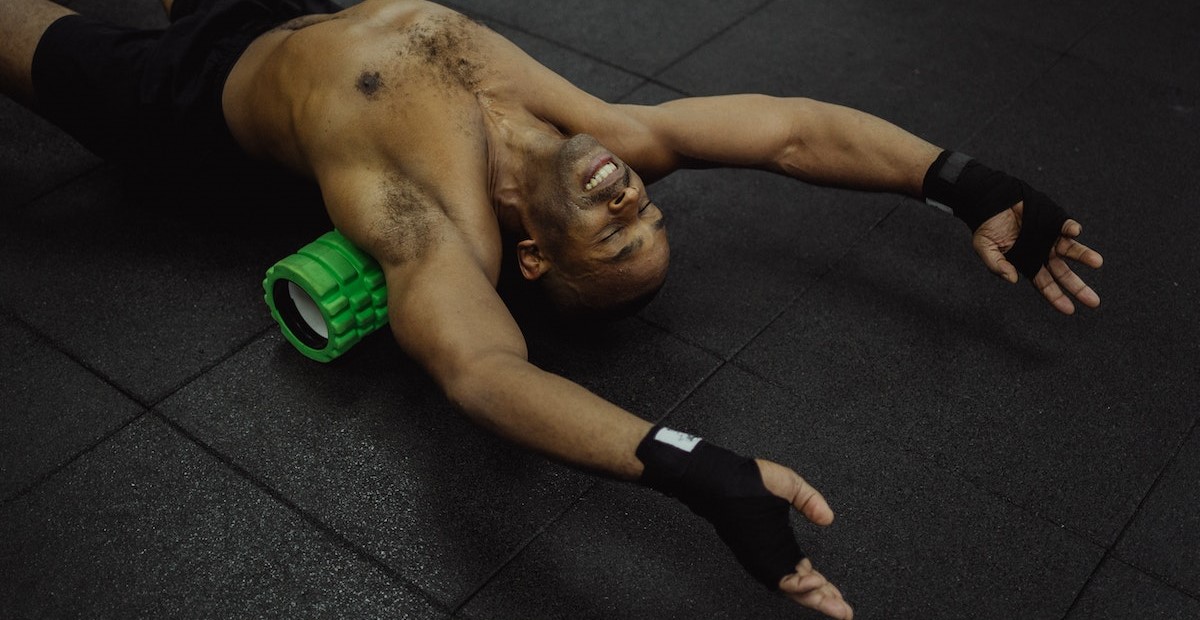
Contents
Using blood flow, foam rolling and other muscle recovery techniques to help with muscle soreness and strain
Getting up’s hard enough. When you add muscle soreness into the mix it’s even harder. Waltzing to the cafetiere and sorting your meal prep isn’t fun when you have to hop. So how exactly can we truly wake up and realise what we need to do to help with active recovery?
Well, thankfully there’s a hell of a lot we can do.
From foam rolling techniques to the right sports drink, we have so many options when it comes to muscle recovery. With a short-term recovery process and even a longer-term technique for delayed onset muscle soreness, you can rely on the web for an almost unlimited supply of methods and knowledge.
Part of the web? This article.
Let’s break down aspects of muscle recovery, like body weight and lactic acid to give you the answers you need.
Let’s run through it.
Foam roll

Foam rolling is an almost ancient technique (well, not foam, but you know what I mean). Athletes use foam to help release muscular tension, thus eradicating one common issue with muscle soreness issues.
Foam rolling is an almost ancient technique (well, not foam, but you know what I mean). Athletes use foam to help release muscular tension, thus eradicating one common issue with muscle soreness issues.
Technically speaking, your muscle are coated in a thin matter called fascia. This area becomes super tight post-run and causes run recovery time issues. So, when you use a foam roller, what you’re doing is smoothening the fascia, freeing any joint rigidity issues and helping with delayed onset soreness too.
It’s simple – grab a foam roller, watch a quick video, and help those sore muscles get a good night’s sleep.
Hydrating and refuelling
Sweat happens we run or work out in general. It’s obvious. And what’s also obvious is that the fluid lost is losing some pretty good stuff, far beyond the water.
Sweating actually loses us minerals, and sodium volume losses affect muscle tissue in one way or another, not to mention the electrolytes lost, so in order to help muscle regeneration and, indeed, all biological systems, you need electrolytes. And in general, liquids help with recovery, so do the research and engage with proper recovery.




Conclusion
So, we’ve covered some pretty straightforward points here. But head over to Nike or Runners Connect to learn a little more in detail.
Other methods you can use involve things like an ice bath, stretching routine, using essential amino acids, and getting enough quality sleep to ensure proper recovery and get to proper fitness routines.
FAQs
Am I screwed if I don’t have adequate rest?
It completely depends on what kind of rest you have. So many factors depend on post-run recovery or other recovery needs.